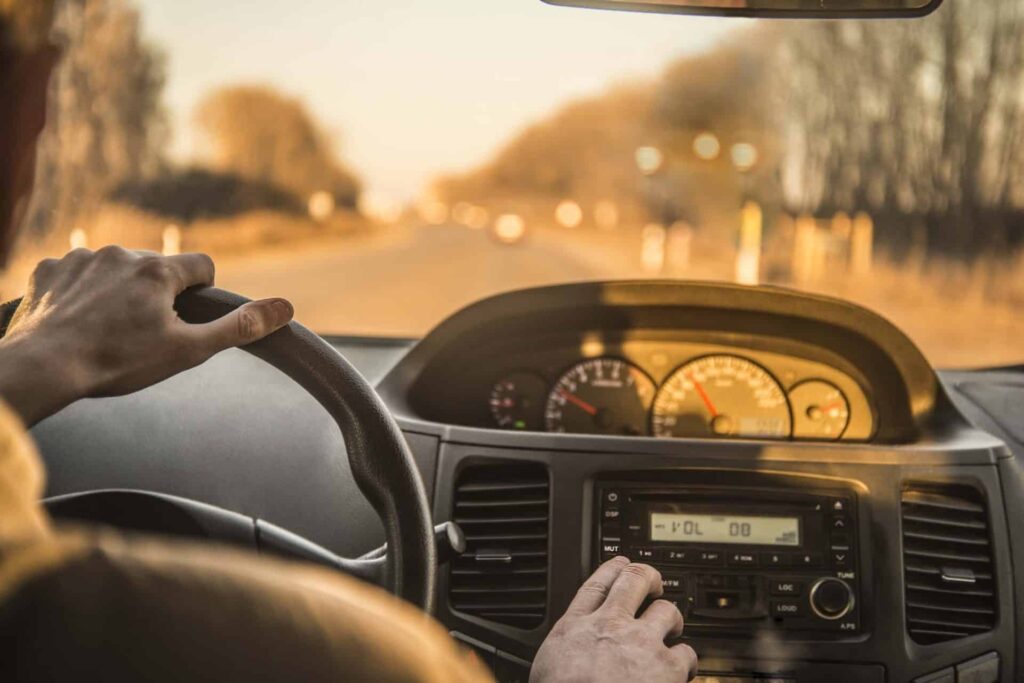Estimated reading time: 5 minutes
Like most working Americans, you were probably looking forward to getting an hour back when daylight savings time ended. It may not all be good news, however, as the end of daylight savings often results in more traffic and animal-vehicle collisions as people struggle to adjust to driving home in the dark.
Knowing how to stay safe on the road after the end of daylight savings can help you make the most of the hour you gain.
What is Daylight Savings Time?
The premise of daylight savings time seems simple enough: By moving clocks forward an hour in the spring, nations can effectively shift an hour of daylight from the morning to the evening. As a result, citizens should theoretically use less energy on lighting and other forms of energy at night.
Daylight saving time wasn’t a new concept when it premiered. In a satirical essay, Benjamin Franklin actually proposed something similar back in 1784, suggesting that Parisians should change their sleep schedules to save money on candles and lamp oil.
Daylight saving time first saw real use during World War 1, when countries such as Germany and the U.S. utilized it to try and conserve more fuel for war efforts. While Germany eventually ended the observation, daylight savings became entrenched in the United States, where it continues to impact people, alarm clocks, and devices alike.
Does Daylight Savings Time Work?
Recently, many have come to question whether daylight savings time actually serves its intended purpose of helping countries conserve energy. While research from the Department of Transportation (DOT) has indicated that daylight savings time results in a slight decrease in electricity usage, those savings are offset by increases in heating and cooling.
In 2018, the California legislature voted yes to Proposition 7, enabling the legislature to make daylight saving time year-round or eliminate it entirely. However, the legislature has yet to decide which option to move forward with.
Traffic & Vehicle-Animal Collisions Increase After Daylight Savings Time
The beginning of daylight saving time is correlated with an increase in auto accidents, heart attacks, and strokes (yes, really). While the impact of the fall shift away from daylight saving time is less significant, there is a notable increase in traffic collisions on the Sunday daylight saving time ends. The reason? Alcohol consumption, coupled with drivers who are tired from clocks shifting back an hour.
Additionally, auto accidents involving animals dramatically increase as daylight saving ends. For example, in New York, there are over four times as many deer-vehicle accidents around the first week of November as in the spring.
Deer and other animals tend to cross roads at dawn and dusk. The end of daylight saving time pushes back commutes. As a result, evening rush hour often reaches its peak when animals are most likely to be on the road. A combination of drivers tired from a day of work and recently shifted clocks, along with animals who are not yet accustomed to a later rush hour, makes for a deadly combination.
Staying Safe After Daylight Savings Time Ends

You can take the following measures to stay safe on the roads when daylight saving time ends:
- Keep in mind that your body is an hour ahead of you. You’ll probably get tired faster than you’re used to – and so will others. Consider heading home from events such as parties or gatherings earlier than you normally would until your biological clock adjusts.
- Drive defensively. Even if you don’t feel more tired when daylight saving ends, others will. Keep in mind that drivers around you may not be fully alert in the week or two following the end of daylight saving. A bunch of tired drivers all trying to get home at rush hour is dangerous, so pay close attention to the roads. Consider keeping more distance than you normally would between the cars around you, and always double-check your surroundings – especially your blind spots – before turns or lane switches.
- Keep an eye out for cars without their lights on. The only thing worse than someone with their brights on at 4:30 in the afternoon is someone with no lights at 7. Keep a close eye out for drivers who aren’t used to driving home later and have their lights off.
- Make sure your car is ready for safe driving. You can stay safe by doing the following:
- Clean all headlights and windows to minimize the glare you receive from other drivers’ lights and ensure your vision on the road is optimal;
- Don’t turn on lights within your car – interior lights and even bright phone screens can be distracting;
- Keep your mirrors properly adjusted to help ensure that you stay aware of your surroundings.
- Keep a close eye out for pedestrians and wildlife. As we mentioned earlier, the weeks surrounding the end of daylight saving time can be perilous regarding animal-vehicle and pedestrian collisions. Pay more attention to humans and animals off the side of roads than you otherwise may.
Taking these steps can help ensure you and your loved ones stay safe when daylight savings time ends.
Injured in a Vehicle Accident? We’re Here for You!
If you or a loved one does end up in an auto accident, our car accident attorneys are here for you. We’re proud to have a distinguished team of legal professionals who have recovered more than $900,000,000 for clients since 2007.
To schedule a free consultation with our team, call us at (800) 501-3011 or contact us online.











